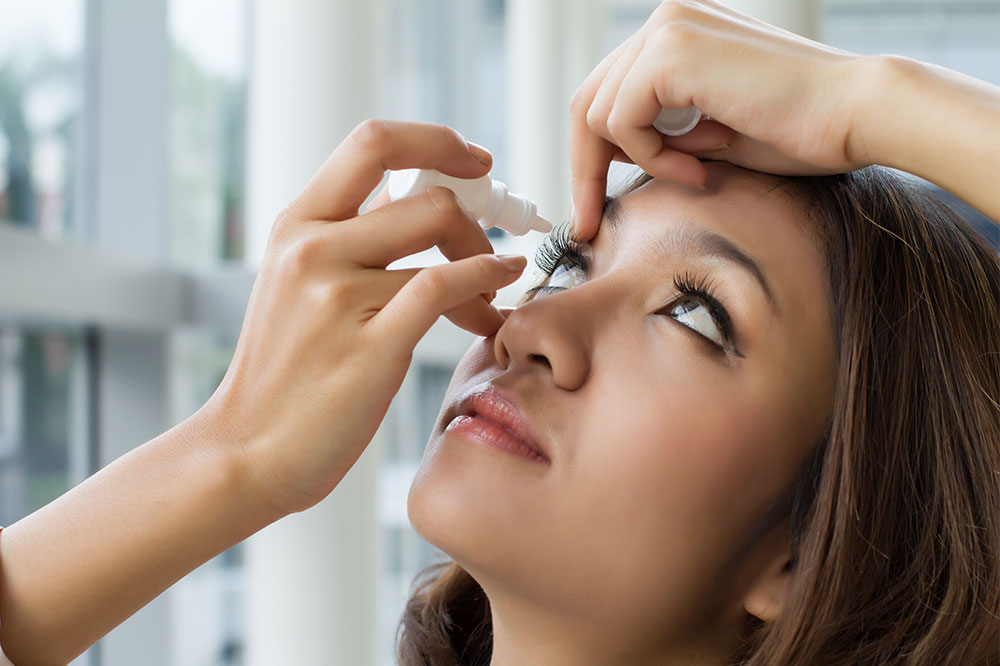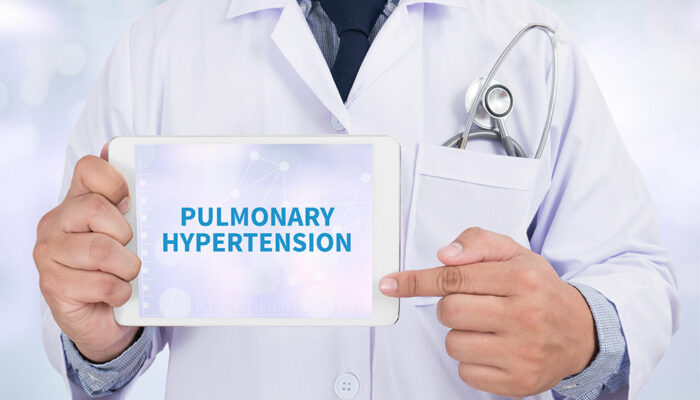
Dry Eyes – Diagnosis and Treatment
Dry eye is a condition wherein your tears cannot offer the necessary amount of lubrication to the eyes. This can happen due an array of reasons. In general, dry eyes may occur if you do not produce enough tears or if the quality of tears is poor. This insufficiency of tears can cause inflammation or damage to the eye’s surface.
1. Diagnosis
Different procedures or tests may be performed for the diagnosis of dry eyes. These include:
- A complete eye check-up
In this, the doctor will demand a comprehensive history of your overall health, particularly your eye health. It helps determine the cause of dry eyes. They may also run other tests to evaluate your overall health and vision. - Schirmer’s test
Doctors use the Schirmer’s test to assess the eyes’ tear production capacity. In this test, paper strips are placed underneath the lower lids for five minutes. After that, the doctor checks the extent to which both strips have been soaked by tears. Typically, the smaller the amount that has been soaked, the lesser is the tear volume. - Phenol red thread test
Alternatively, the phenol red thread test may be performed to assess tear production. In this method, a pH-sensitive dye-containing thread is placed on the lower eyelid. After it is soaked with tears, calculated readings are taken to assess just how dry the eyes are. - Test to measure tear quality
Tests using special dyes in the eyedrops are performed to analyze the eye’s surface condition. The doctor then checks the eye’s staining patterns and analyzes how long it takes for the tears to evaporate. - Tear osmolarity test
The tear osmolarity test helps understand tear composition and osmolarity. However, this test alone may not be enough, so it’s best to opt for it alongside other diagnostic methods.
2. Treatment
Some treatment measures for dry eyes include:
- Eye drops
Eye drops are one of the most common treatment options for dry eyes. They help reduce redness and inflammation associated with the condition. They also lubricate the eyes and help them maintain moisture. - Medication
The common medication prescribed for dry eyes is cyclosporine (Restasis). It is an anti-inflammatory drug that increases the quantity of tears. If the condition is severe, then you may be given corticosteroid eye drops too. Cholinergic agents may also be prescribed to reduce symptoms of dry eye. - Surgery
Surgery may be recommended for severe cases that are untreatable by medication or any other treatment option. Laser surgery, intense pulsed light therapy, and thermal cautery are some common surgical options recommended for dry eyes.Lacrimal plugs may be employed to cover the drainage holes in the corner of the eyes. This is a reversible, and a relatively painless, method that lowers tear loss.
- Home care
In mild dry eye cases, homecare may be recommended. As part of this, a humidifier may be used at home to heighten the moisture content in the air. Also, computer time should be reduced, and the use of contact lenses should also be minimal.



